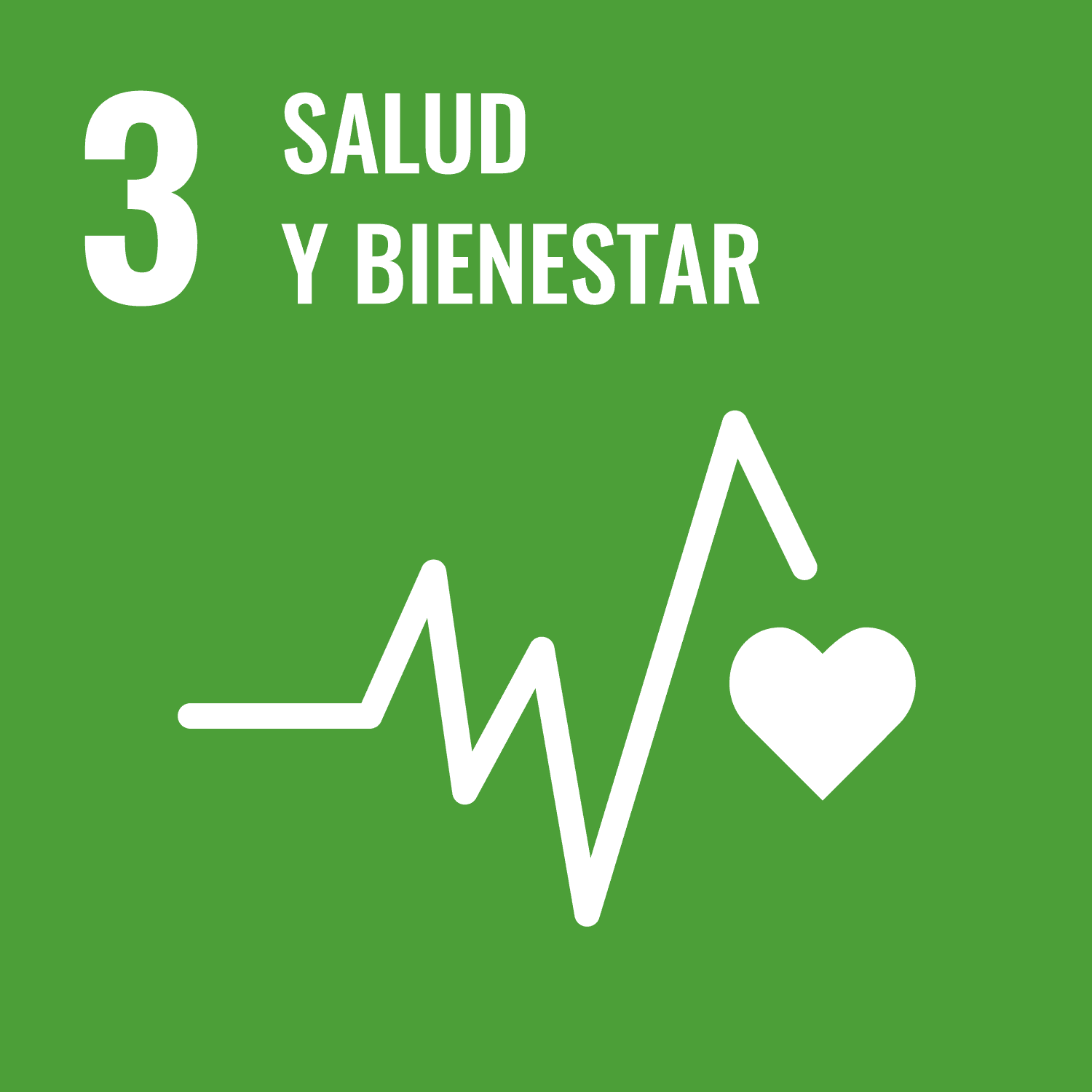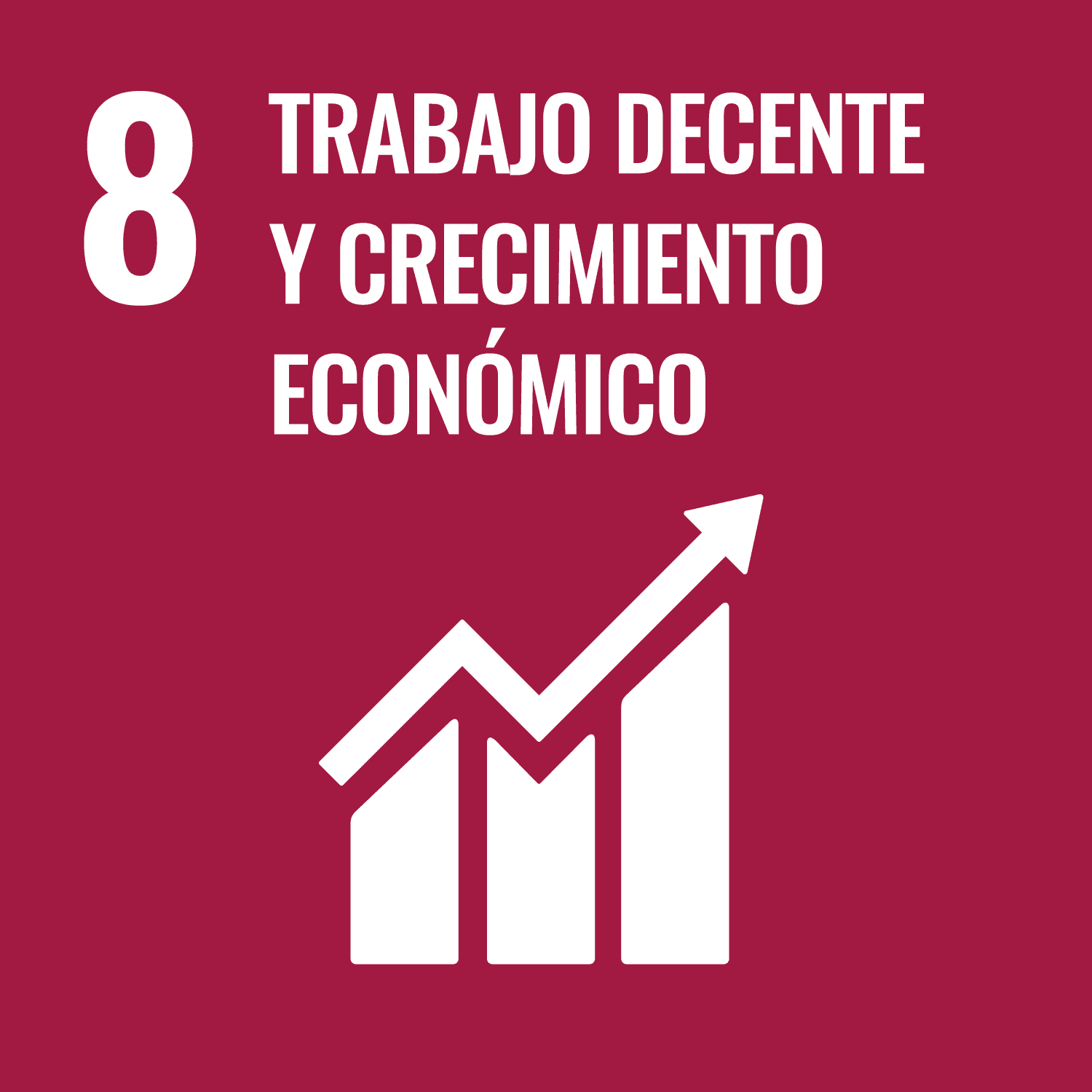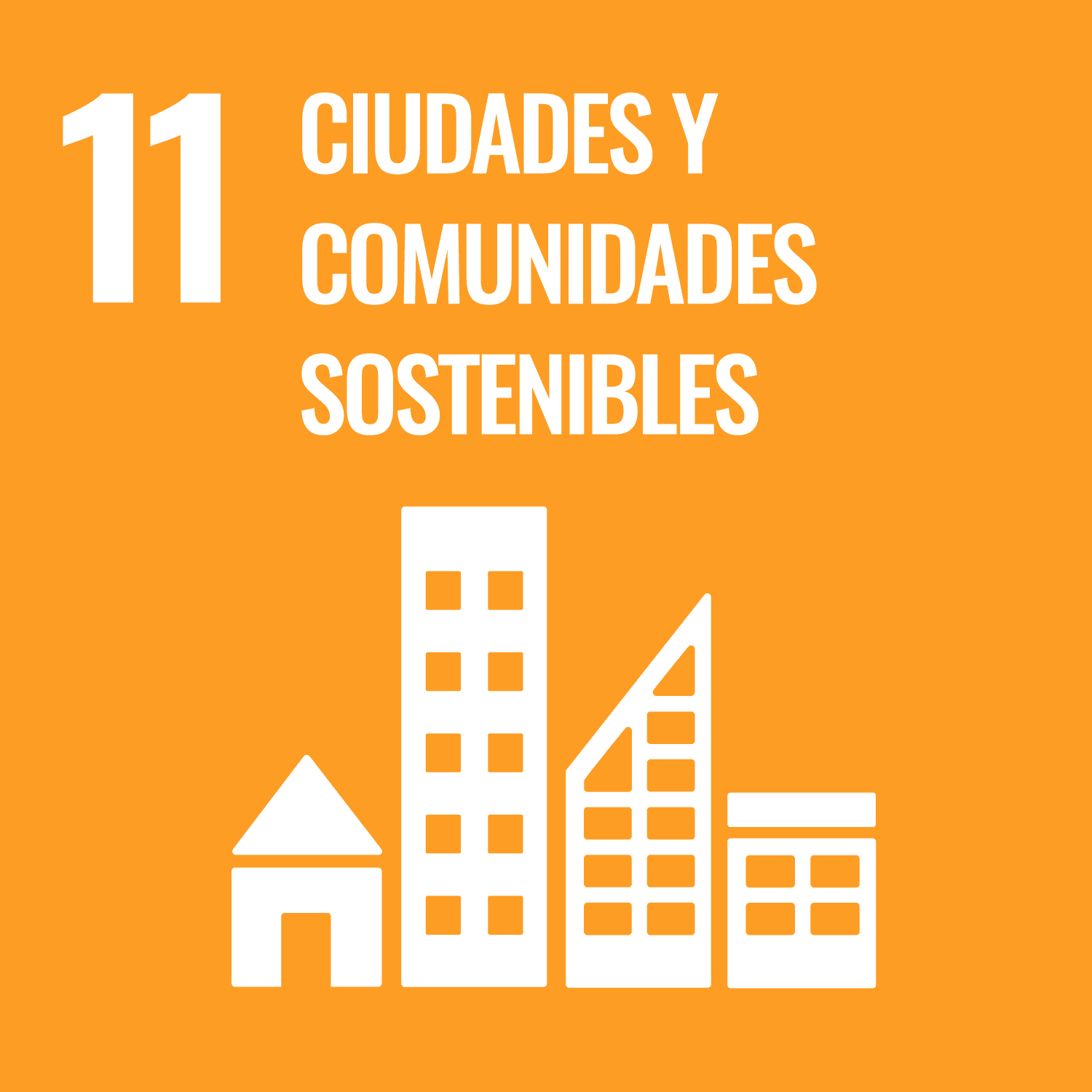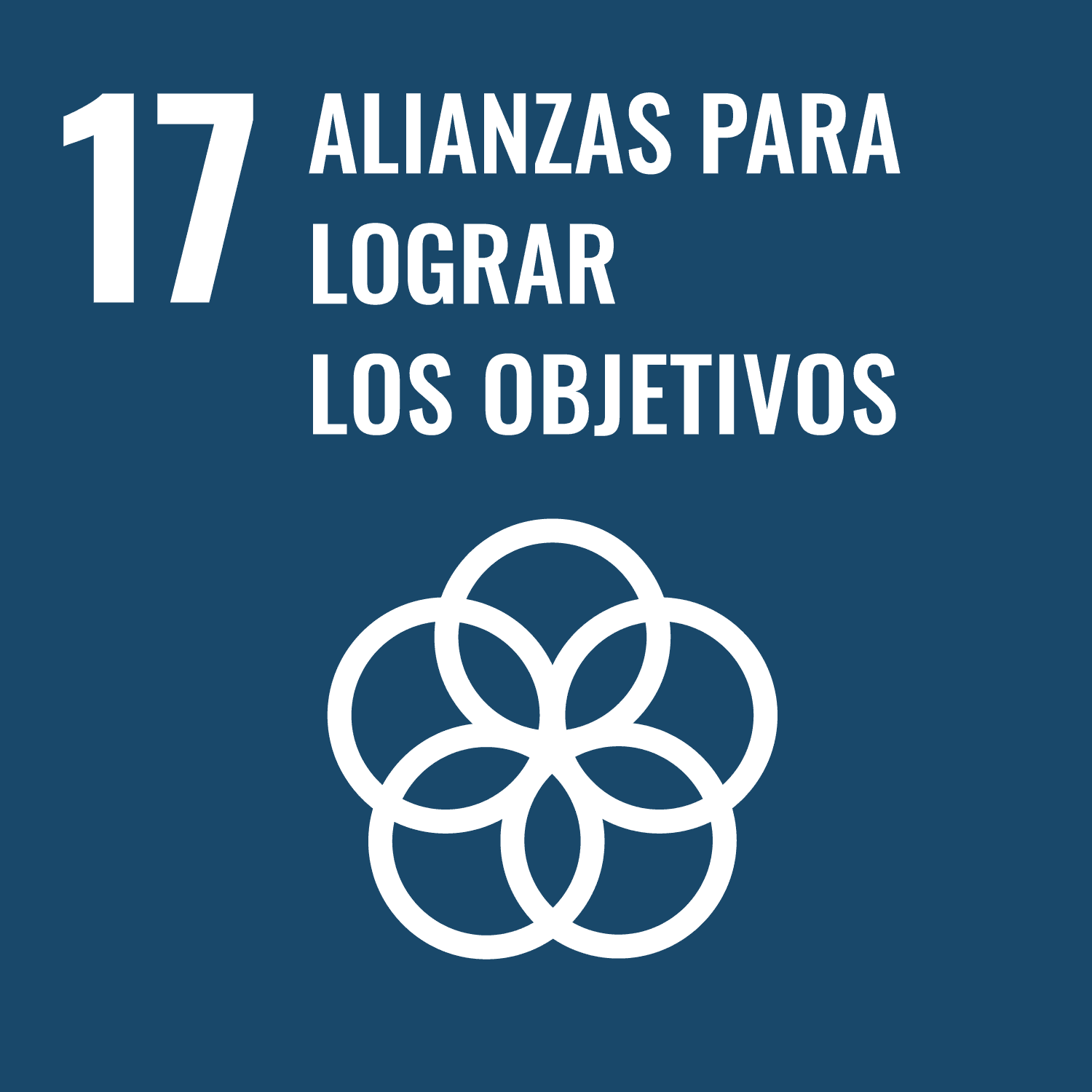Roman Walls
Cesaraugusta was surrounded by a wall with as many as 120 towers and walls that were up to 7m metres thick in some parts. The exterior is made of alabaster with limestone ashlars, whilst the interior is of extremely hard mortar (opus caementicium, or Roman concrete). Its towers are semicircular, or ultra-semicircular, with a minimum diameter of 8 metres and a maximum of 13 metres on one of those flanking the western gate.
See more >





